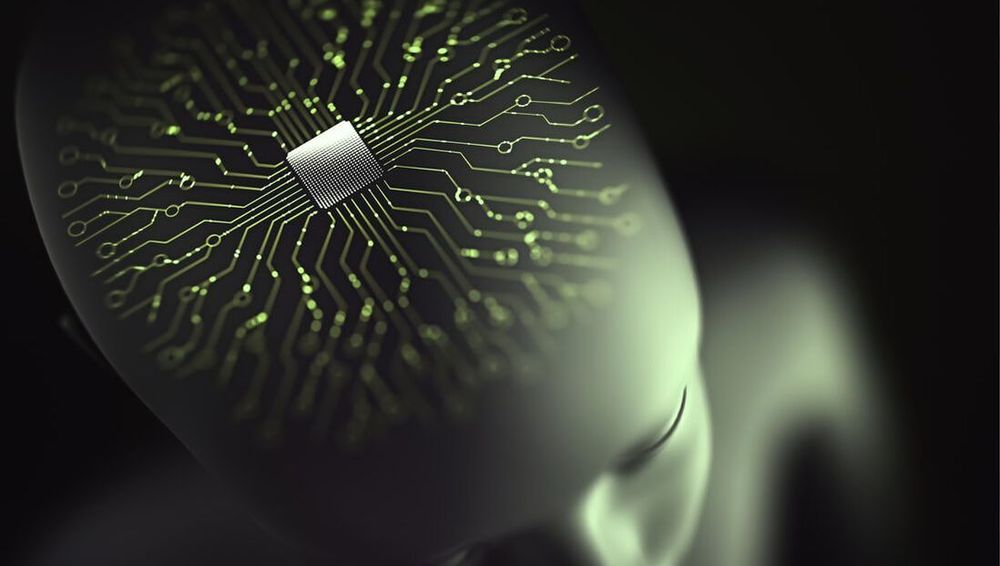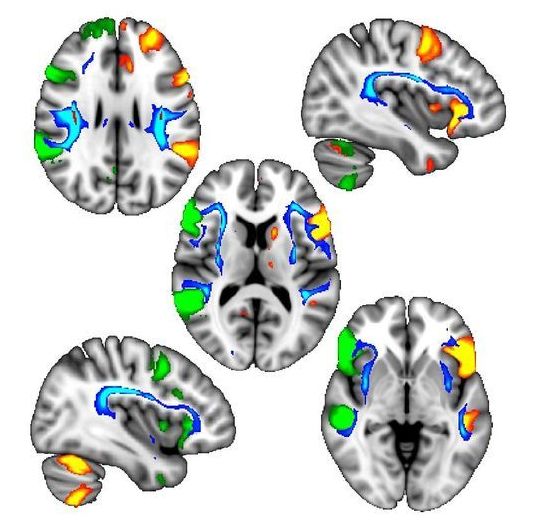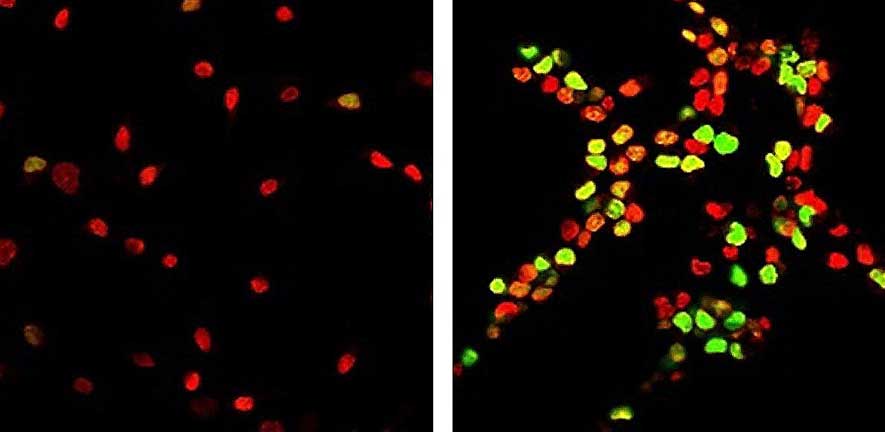Nick Bostrom is a Swedish philosopher at the University of Oxford known for his work on existential risk, the anthropic principle, human enhancement ethics, superintelligence risks, and the reversal test.
Category: neuroscience – Page 1,017

How Bullying May Shape Adolescent Brains
In recent years, a steadily increasing volume of data has demonstrated that peer victimization — the clinical term for bullying — impacts hundreds of millions of children and adolescents, with the effects sometimes lasting years and, possibly, decades. The problem is even recognized as a global health challenge by the World Health Organization and the United Nations. And yet, researchers maintain there is still a limited understanding of how the behavior may physically shape the developing brain.

Three Americans Have Died After Contracting Rare Brain-Infecting Virus Spread by Mosquitoes
On Monday, Rhode Island health officials reported that a resident had died after contracting the Eastern equine encephalitis (EEE) virus. The death marks the third fatality linked to EEE reported this year, and the second such case documented in less than a week.
The summer is winding down for many in the U.S., but this rare viral infection spread by mosquitoes is still claiming lives. Health officials first reported the resident’s case of EEE in late August, noting at the time that the person was in critical condition. It was the first case reported in Rhode Island since 2010. The resident, only disclosed to be in their 50s, died Sunday, making theirs the first EEE-related death documented in the state since 2007.

Honey With Turmeric The Most Potent Antibiotic That Not Even Doctors Can Explain
The amazing properties and unique flavor of turmeric have been valued and used for centuries. This incredibly healthy deep-yellow spice offers a myriad of medicinal qualities, and is commonly used in the Chinese, Indian and Ayurvedic medicine. health, medicine, science, health, medicine, science, health, medicine, science, health, science.
People have used turmeric in the treatment of wounds and cuts, skin issues, muscle sprains, liver diseases, respiratory issues, and gastric issues, as well as digestive problems, inflammations, infections, and malignant tumors.
Its active ingredient, curcumin, provides powerful antimicrobial, anti-inflammatory, and antioxidant properties. Turmeric effectively fights inflammation in the body, osteoarthritis, gastritis, microbes, gastric and peptic ulcers, improves the function of the brain and treats Alzheimer’s disease, and helps in the case of countless other health issues. health, medicine, science, health, medicine, science, health, medicine, science, health, science.


Harvard University: The Near Future of Cybernetics Transpires
Researchers are blurring the distinction between brain and machine, designing nanoelectronics that look, interact, and feel like real neurons. Camouflaged in the brain, this neurotechnology could offer a better way to treat neurodenerative diseases or control prosthetics, interface with computers or even enhance cognitive abilities.
Electrodes implanted in the brain help alleviate symptoms like the intrusive tremors associated with Parkinson’s disease but current probes face limitations due to their size and inflexibility. In a recent paper titled “Precision Electronic Medicine,” published in Nature Biotechnology, Shaun Patel, a faculty member at the Harvard Medical School and Massachusetts General Hospital, and Charles M. Lieber, the Joshua and Beth Friedman University Professor, argue that neurotechnology is on the cusp of a major renaissance. Throughout history, scientists have blurred discipline lines to tackle problems larger than their individual fields.
“The next frontier is really the merging of human cognition with machines,” says Patel. “Everything manifests in the brain fundamentally. All your thoughts, your perceptions, any type of disease.” He and Lieber see mesh electronics as the foundation for these machines, a way to design personalized electronic treatment for just about anything related to the brain. “Today, research focused at the interface between the nervous system and electronics is not only leading to advances in fundamental neuroscience, but also unlocking the potential of implants capable of cellular-level therapeutic targeting,” write the authors in their paper.

Geneticists Are Untangling the Mystery of Left-Handedness
A series of genetic variants can influence handedness, according to a new paper.
No, researchers have not discovered a “handedness gene.” But through brain imaging of 9,000 people in the United Kingdom, researchers devised a list of genetic variations that contribute to the way different brain processes end up on either side of the brain. This, in turn influences handedness—and can also influence whether someone will develop certain neurological diseases, according to the paper published in the journal Brain.

Brain, Liver and Muscle Rejuvenated
Age-related changes to the signals sent and received by our cells travelling via the bloodstream are one of the hallmarks of aging. A team of researchers, including Drs. Irina and Michael Conboy, has published the results of a new study suggesting that rejuvenation might be achieved by the calibration of these signals found in the blood [1].
The search for rejuvenation
The Conboys had done earlier research in joining of the circulatory systems between young and old animals, a process known as parabiosis, and they showed that tissue aging was not a one-way street and could be rapidly reversed in a matter of weeks, given access to the beneficial signaling from the younger animal [2].

